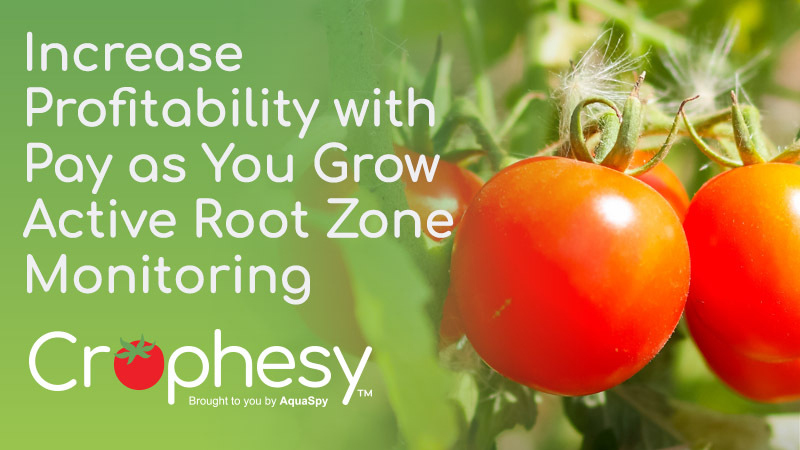Tracking The Trends (opinion)
Every year for the last 22 years, I have judged the horticulture division at my county fair. It’s a semi-rural county with small farms and a sizeable Amish population, and there are hundreds of entries in categories ranging from ageratum to zinnia.
It’s always been intriguing to watch the ebb and flow in popularity of the various genera. In the early years, there were so few sunflowers, echinacea and coleus that they were in the “other” category. Eventually there were so many entries we created new categories for them. Celosia, after waning for a time, came back with a vengeance. Marigolds are fading after many years of occupying an entire section of their own.
Of course, weather and the time of year play a big part — we’re never going to see pansies in a late August event — but it’s been my own small microcosm of what’s going on in our industry from a very grass-roots level. It also reiterates to me in a very personal way how important what we do is to many people. When you grow thousands or hundreds of thousands of plants, it’s easy to forget how important just one of those plants is to the ultimate customer.
I thought it would be interesting to go back to 1982, the first year Greenhouse Grower published a new varieties list, to track the trends. While this list was and is not all inclusive of every variety, definite trends were still apparent.
In 1982, marigolds dominated the new varieties, followed by lots of petunias, geraniums and mums. By 1990, begonias, impatiens and pansies had become a major component. In 1995 there were no marigolds at all, and a trend toward diversity was visible as lobelia, nemesia, lisianthus, stock and verbena became common listings. The first osteospermums made the list in 1996, along with the first ornamental grass.
In 2001, calibrachoa made its first appearance in the new variety listing. Dianthus and diascia were growing, and impatiens, including New Guinea impatiens, dominated. Angelonia made the list in 2002, while impatiens and petunias continued to lead the way. Echinacea appeared for the first time in 2003, and the trend toward a wider variety of offerings continued, evidenced by the entrance of rudbeckia, plectranthus, solidago and tricyrtis.
Nearly ten years later that trend is still in full force — there’s still plenty of petunias, impatiens and geraniums, but salvias, scaevola, coleus, calibrachoa, heuchera, angelonia and osteospermum are among the other popular plants.
To me, this says gardeners, while wanting simplicity and easy maintenance, are also willing to try new things. As breeders and growers make new plant genera available, consumers will try them, and they will become popular as long as they are successful with them.
It’s no accident that helianthus and echinacea are popular new categories at our fair — they are also incredibly easy to grow. And sometimes, as Steve Jones points out in his Perspective on page 36, it’s not just introducing a game-changing new plant. It’s creating better versions of existing plants, which then makes them easier for growers to produce and for gardeners to grow. It’s what keeps our
industry fresh.
As for me? I can’t wait to see what I’ll be judging in another 20 years.










